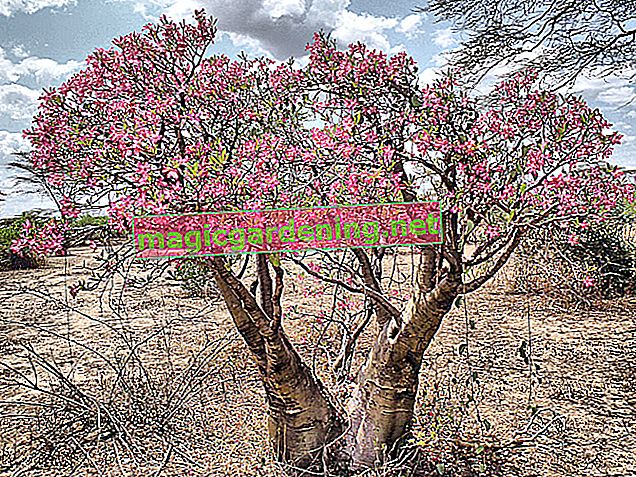
Causes of brown leaves
If your oleander gets brown leaves, in many cases the following reasons are behind it:
- The oleander has not been watered enough and is too dry. Due to the lack of water, the plant dries up.
- Especially in winter or at the end of it, brown leaves indicate a lack of moisture.
- You have placed the oleander in full sun directly from its winter quarters. In this case, the plant reacts with burns, which are manifested in brown leaves.
- If the leaves do not turn completely brown, but only the leaf margins, then you probably meant it a little too well by fertilizing the heavy eater - brown leaf margins usually occur as a result of over-fertilization.
also read
- Black spots on the oleander have various causes
- Oleander gets yellow leaves - causes and antidotes
- Oleander is losing leaves - causes and their elimination
Brown leaves after the winter break
All of these reasons are comparatively harmless, because the shrub can regenerate quickly. But be careful: especially brown leaves after the winter break can also be an indication of an infection with the fungus Ascochyta. This disease is also known colloquially as dry rot, as the infected plant appears dried out despite sufficient watering.
Appropriate countermeasures
Before taking any action, you should first find out the correct cause - only then can you take effective action. However, be aware that the brown leaves will not turn green again and that you will have to wait for a new sprout. Take a close look at the affected oleander: Can you possibly recognize fresh shoots from the leaf axils? If so, all you have to do is pluck the brown leaves and shorten the oversized shoots. The oleander sprouts all by itself. In other cases, however, only a radical cut back will help.
Tips
Incidentally, brown leaf spots can also be an indication of an unsuitable location.








